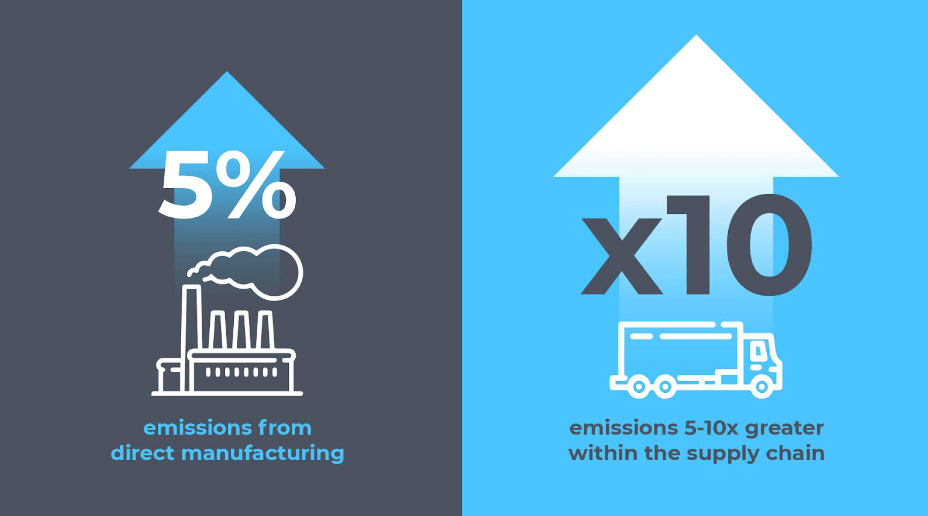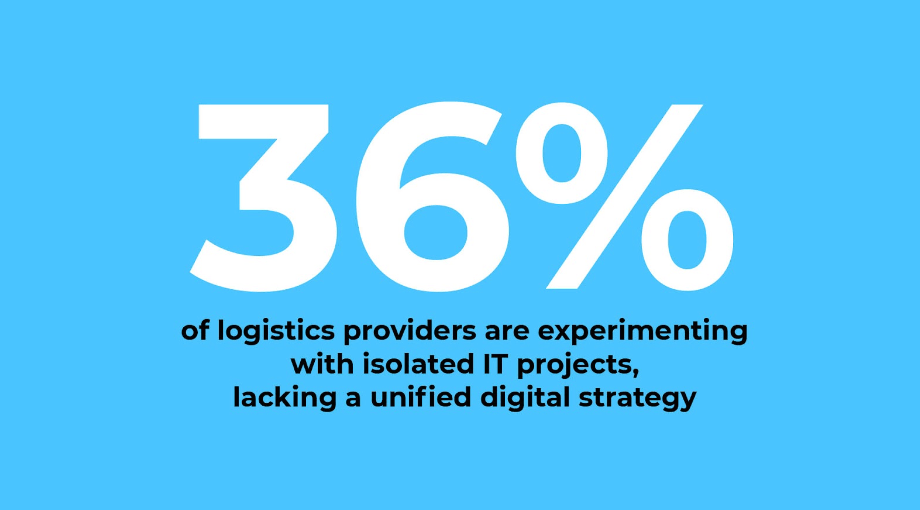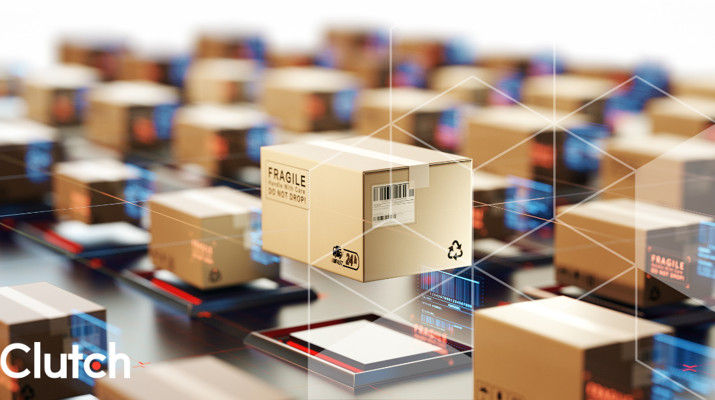

Updated January 2, 2025
The article explains how using advanced technology like AI, cloud computing, and big data can make logistics more efficient and eco-friendly. It highlights the need for a unified digital strategy to help logistics meet sustainability goals and support the green economy.
A striking statistic from McKinsey & Company illustrates a significant challenge: only 5% of supply chain emissions originate from direct manufacturing, while emissions within the supply chain can be 5 to 10 times greater. This emphasizes the extensive impact of emissions across the entire supply chain, highlighting a critical area for substantial reductions in greenhouse gas emissions.

Looking for a Logistics & Supply Chain Consulting agency?
Compare our list of top Logistics & Supply Chain Consulting companies near you
In addressing this issue, ESG criteria emerge as a vital tool. ESG provides a framework for companies to evaluate their environmental impact, social responsibility, and governance practices. These regulations encourage the adoption of more sustainable and ethical operations.
Technology, particularly cloud computing, presents a powerful solution in the logistics sector. Cloud technology goes beyond simple data storage; it leverages computing to optimize operations, reduce energy consumption, and cut emissions. By embracing cloud solutions, companies align with ESG regulations and pave the way for sustainable practices. This approach significantly decreases carbon footprints and sets new benchmarks for eco-friendly logistics.
Now, onto the power of data. It's not just about having information; what you do with it counts. Data analytics, powered by AI and machine learning, enable us to make smarter decisions faster. Here's a closer look at how this works:
By making these data-driven decisions, logistics companies improve operational efficiency and significantly reduce their environmental footprint. This approach aligns the industry’s operations with broader sustainability goals, contributes to preserving natural resources, and reduces pollution. In short, using data wisely means logistics can be both efficient and environmentally responsible. Moreover, this adept use of data lays the foundation for improving customer retention, which we will explore next.
Customer expectations are higher than ever. Using outdated, manual processes is like trying to run a marathon with weights tied to your ankles. Technology serves as our unburdening force in this race, propelling us forward. Amazon stands as a towering example of leveraging technology for operational efficiency.
Their use of automated notifications, omnichannel communications, sophisticated tracking platforms, and instant alerts has transformed logistics into a realm of precision science.
At first glance, this narrative might seem distant from ecological concerns. Yet, as we delve deeper, you'll discover how these innovations in customer retention are steering us toward a greener future.
Personalizing customer communication about their delivery preferences can lead to more efficient routing and scheduling. Logistics companies can avoid unnecessary trips by aligning deliveries with customer availability, directly reducing carbon emissions. This efficiency not only satisfies customers but also decreases the environmental impact of logistics operations.
When we offer customers support across various channels, customers can easily choose eco-friendly options and understand the environmental benefits of different logistics choices. This can encourage them to opt for less environmentally damaging options, such as choosing longer delivery windows that allow for more efficient route planning and consolidation of deliveries, thereby reducing the number of vehicles on the road.
AI chatbots can handle many customer inquiries without the environmental cost of traditional call centers, which require physical infrastructure and contribute to energy consumption. By efficiently resolving queries and promoting digital interactions, AI reduces the need for paper-based communication and physical mailings for customer service, further lowering the carbon footprint.
Despite the clear advantages, a recent survey reveals that 36% of logistics providers are dabbling in scattered IT projects, missing out on the cohesive benefits of a unified digital strategy. This fragmented approach slows down innovation. It dilutes our potential impact on sustainability.

A unified digital strategy in logistics aligns perfectly with the goals of the Green Economy by leveraging technology to foster sustainability beyond conventional measures. Logistics operations can significantly minimize their environmental impact by integrating IoT, blockchain, and automation technologies.
This approach streamlines operations and introduces a level of efficiency that directly contributes to resource conservation and waste reduction.
Furthermore, by adopting a holistic digital framework, companies can innovate in areas critical to environmental sustainability. For example, they can improve warehouse energy management and utilize data analytics for predictive maintenance, extending the equipment's life and reducing unnecessary consumption.
The use of blockchain technology enhances transparency in the supply chain, ensuring that green practices are adhered to from start to finish.
A unified digital strategy embodies the principle that technological progress and environmental stewardship can go hand in hand. This approach sets the stage for a more efficient logistics sector that is deeply committed to the principles of the Green Economy.


![How to Build a Contract Manufacturing Budget [With Template]](https://img.shgstatic.com/clutch-static-prod/image/resize/715x400/s3fs-public/article/999da9705b21428571a626d80e3b0a70.jpg)